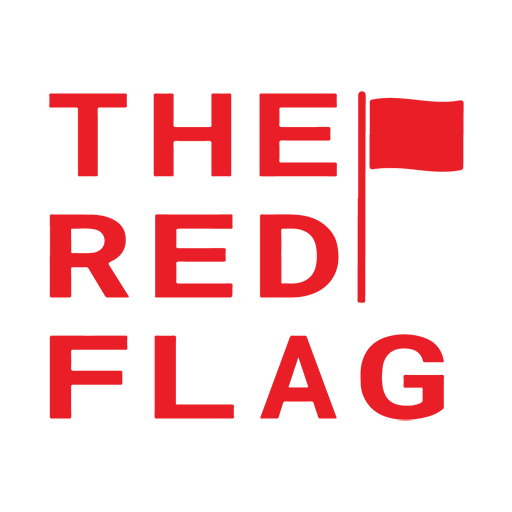Research Background
Civic Space in a New Condition After 2021:
Facing Civic Space
It is vital to maintain a constant flow of information during these conflict-sensitive moments, especially with significant political and governance changes. It is undeniable that the publicŌĆÖs freedom of expression and access to information have been disrupted in recent times. As evidence, the Independent Press Council of Myanmar released a statement regarding the publicŌĆÖs access to information and freedom of expression. In this statement, dated 10/2024, the Council highlighted that access to collect news, report it to the public, and disseminate information has been disrupted due to the constant oppression by the State Administration Council (SAC).
They demand that the SAC stop oppressive tactics aimed at press freedom, such as revoking press licenses, arresting journalists, releasing detained journalists, and guaranteeing journalistsŌĆÖ access to news and information.1 The statement further emphasizes that the people have the right to know about injustices, corruption, and unfair practices, and to reinforce this right, the press and media should be allowed to operate without restrictions or interference.
During 2024, the importance of access to information for the public became even more evident, especially in the face of massive destruction of lives and property caused by natural disasters, flooding, and airstrikes. While difficulties in accessing information are common in conflict-prone areas, civilians residing in these regions face even more limited access due to security concerns. Regardless of who controls the areas or the specific circumstances, the extent of access to information, press, and media, and the ability to communicate with journalists, still exists despite the level of impact. 2Even in areas deemed to be liberated, public access to information and freedom of expression continue to face limitations.
Since the coup, the SAC has primarily limited the rights of individuals. To oppress the news media, the SAC revoked licenses, seized the offices and supplies of news agencies, raided the homes and offices of journalists, filed irrelevant charges against them, and detained them for extended periods. As a result, news media agencies have lost their space within the country. Although many have fled abroad and continue their operations outside Myanmar, access to information and news production has become quite limited compared to the period from 2012-2020. While politics and security-related news dominate media coverage, other important news is often ignored. At the same time, some media outlets, in their struggle for freedom, have resorted to self-censorship and intentionally avoid covering certain topics. Additionally, due to difficulties in accessing information on the ground, media outlets face challenges in investigating and reporting on events, incidents, and new sources. This has led to an increased reliance on citizen journalists for media coverage. Ordinary civilians are also hesitant to contact and speak with the media. Far from sharing their identities, they fear expressing their opinions, even on socialmedia.
On the other hand, it is also challenging to assess the extent to which democratic values are practiced in the territories controlled by resistance groups, particularly during the establishment of new political institutions by new actors. To what extent is the publicŌĆÖs access to information and freedom of expressionŌĆöthe foundations of democracyŌĆöguaranteed in these sensitive times, and to what extent has transparency been implemented? Therefore, this report seeks to gather the voices of local people to understand state-society relations (the relationship between the government and the governed) during the operation of the new administration, as well as the practice of freedom of expression and access to information.
Download – English Book


